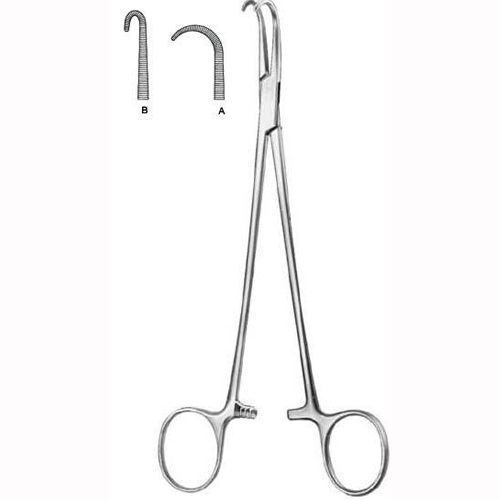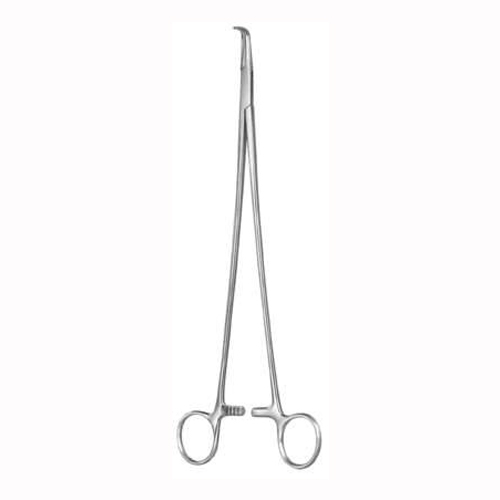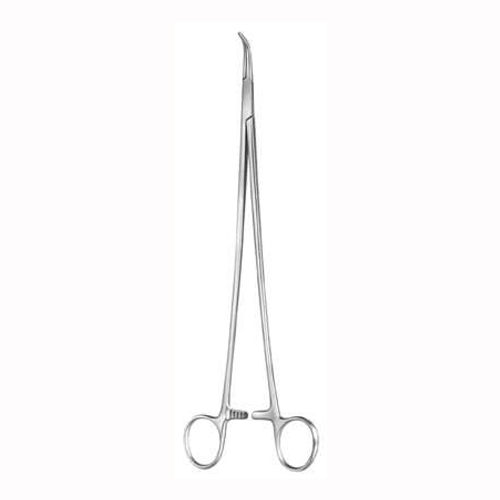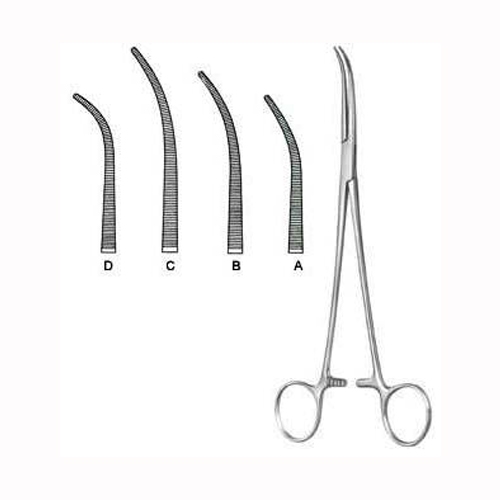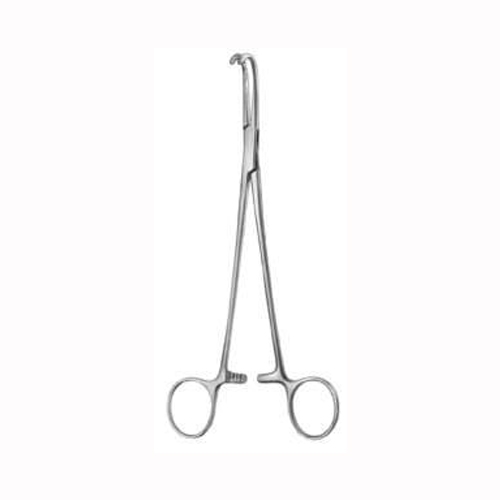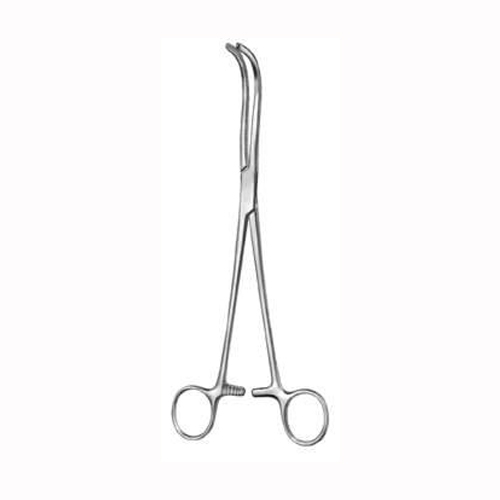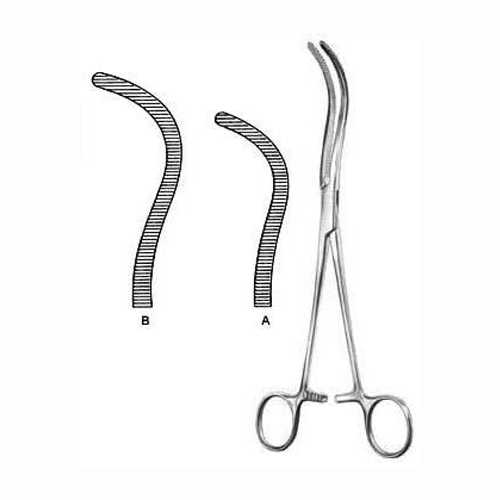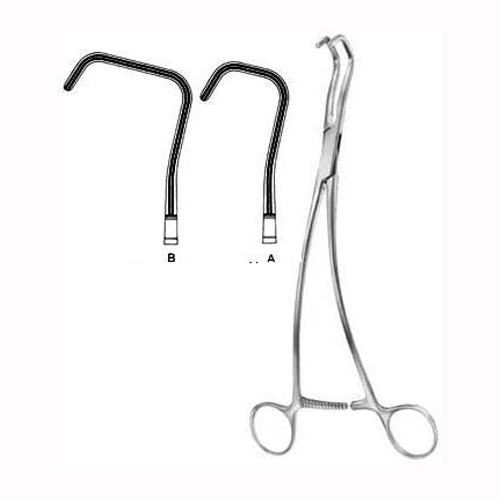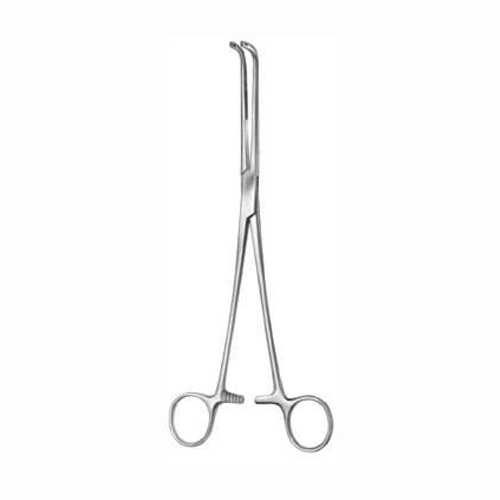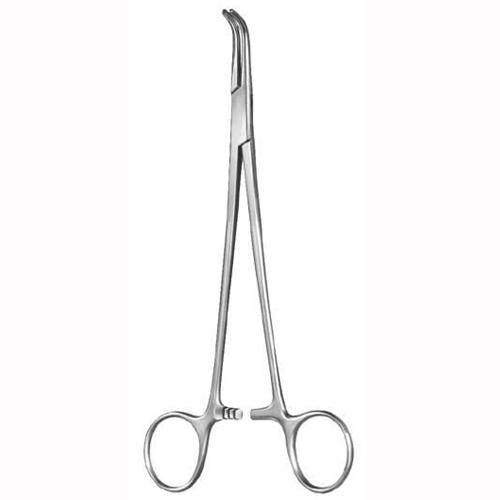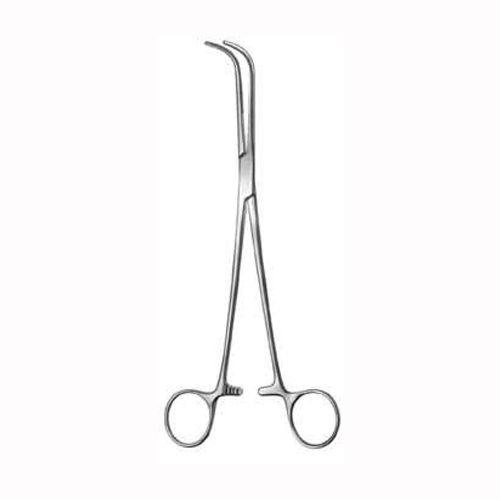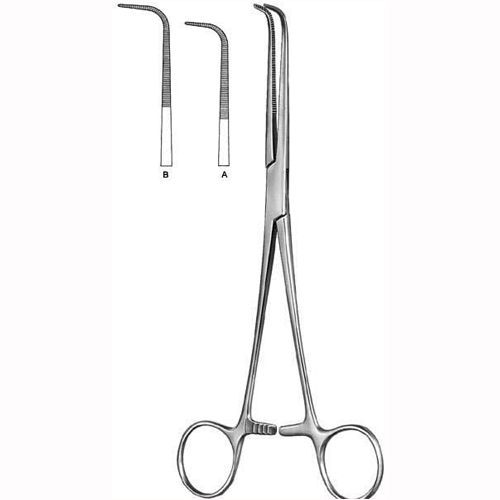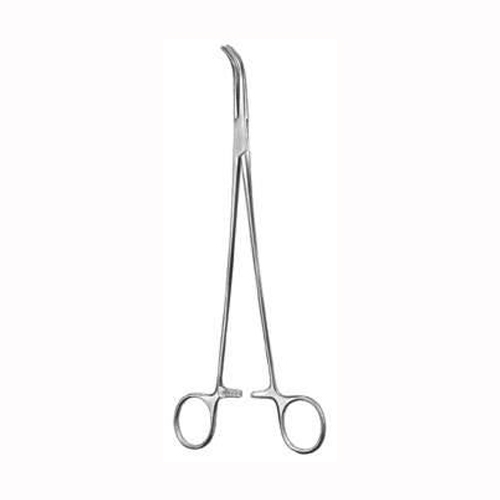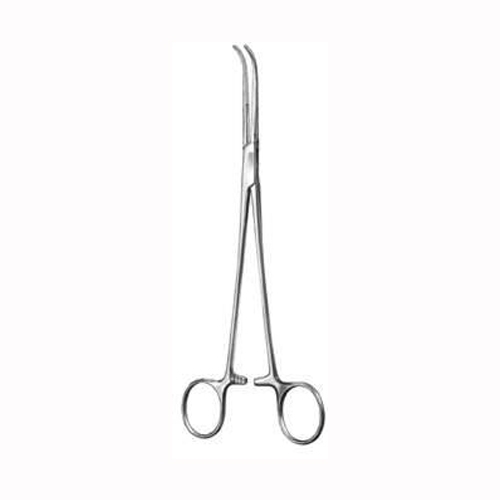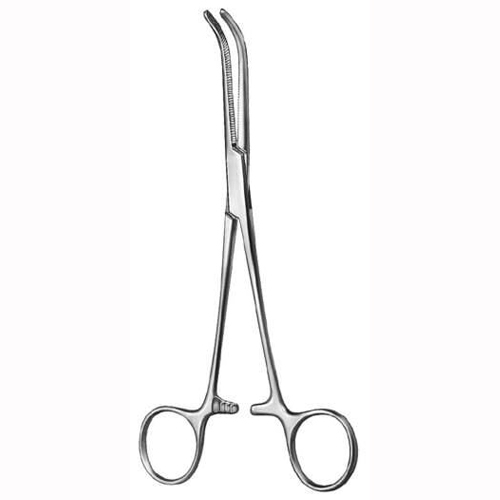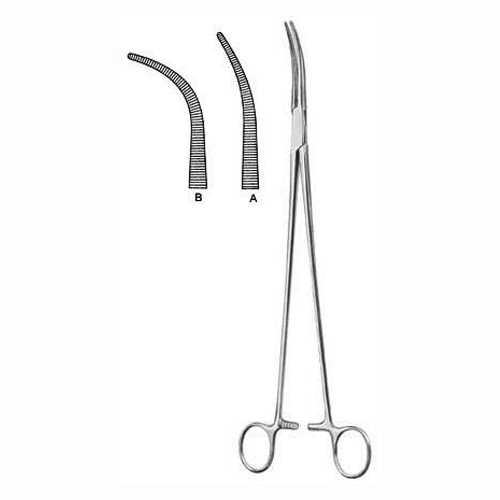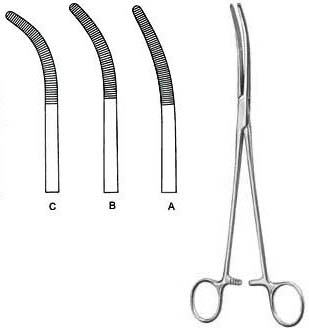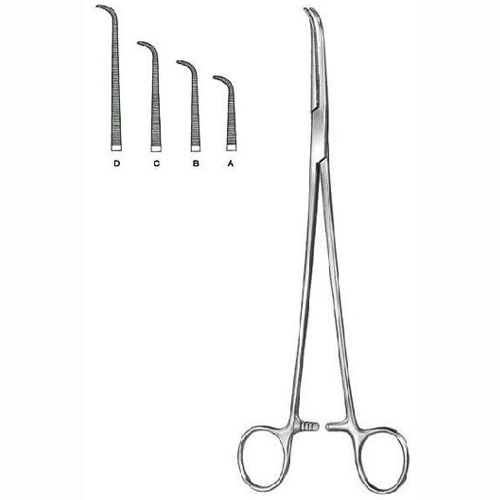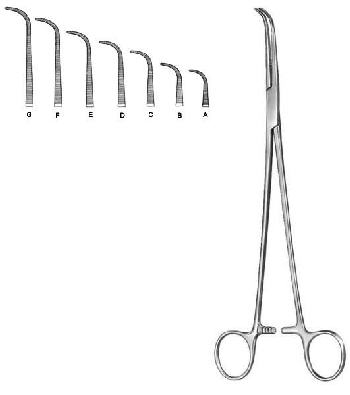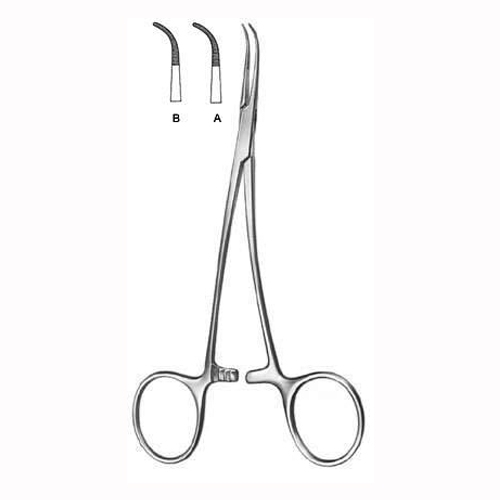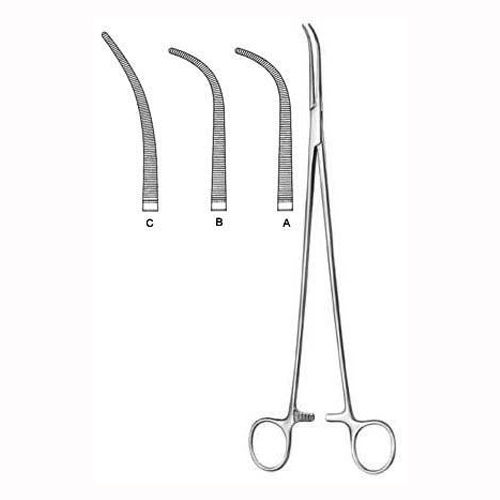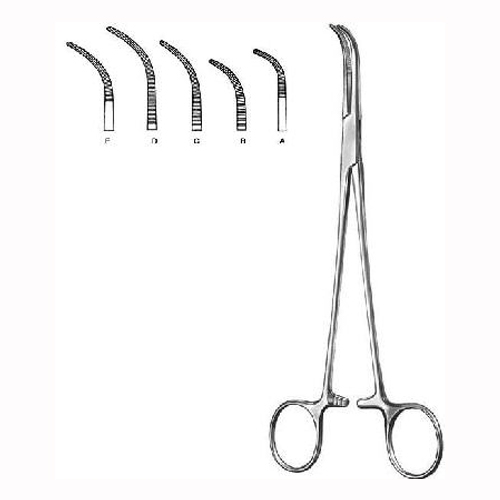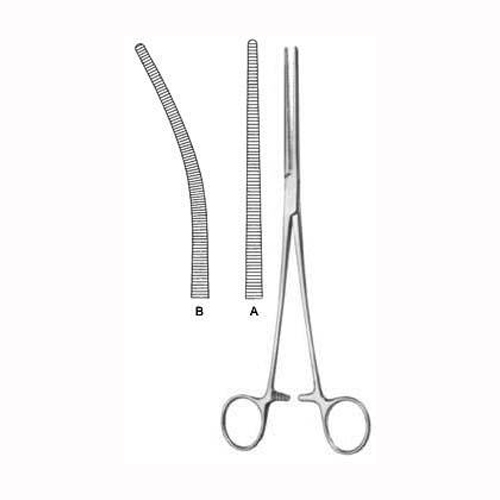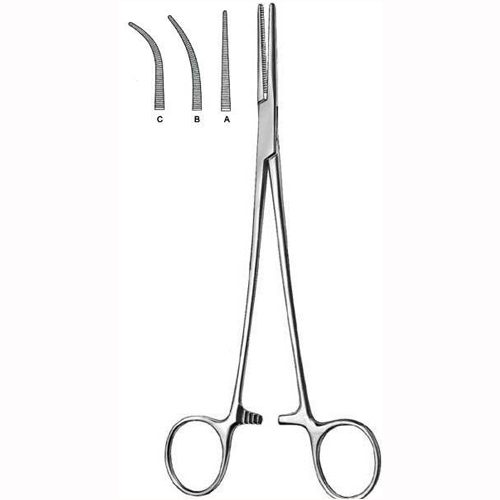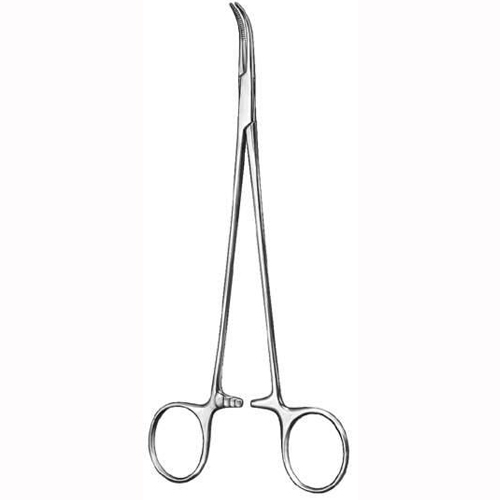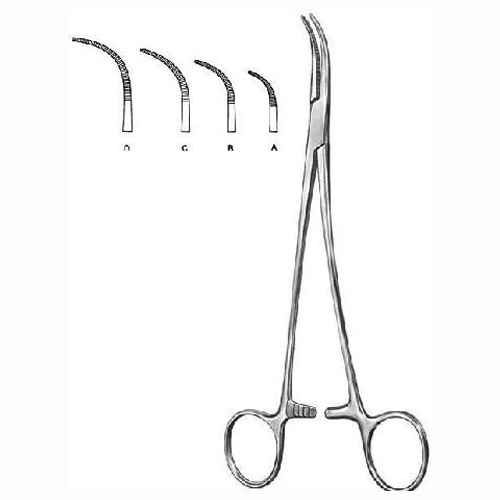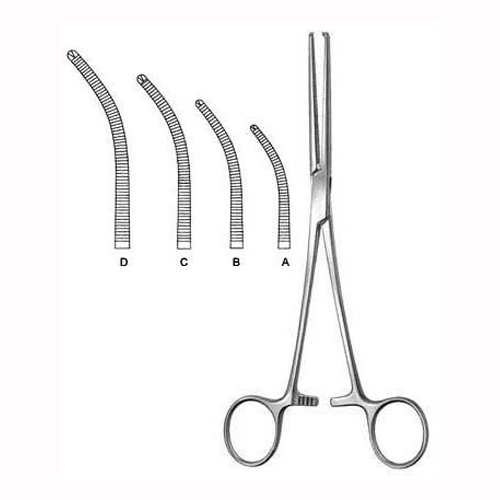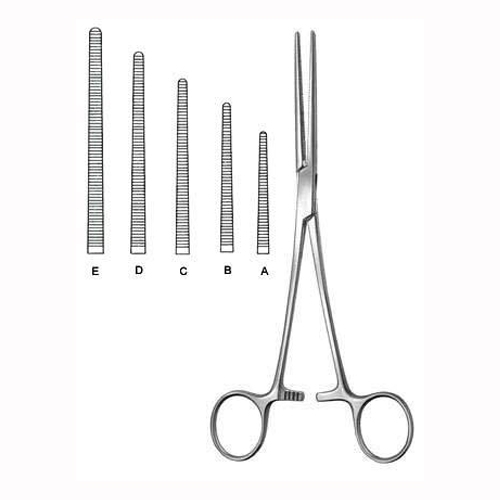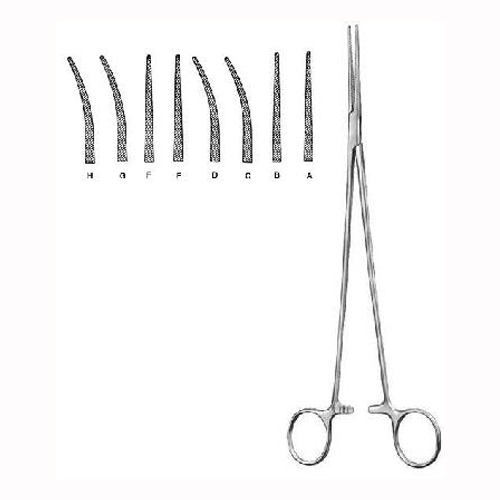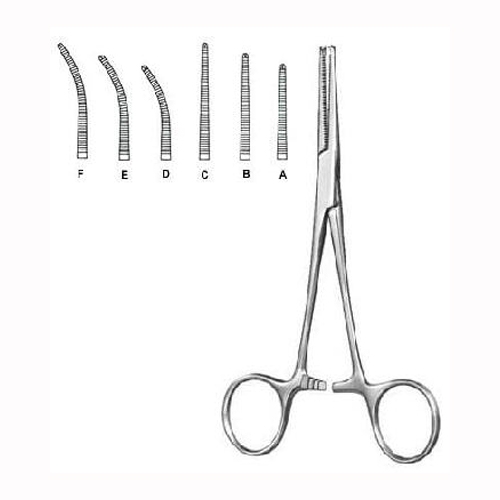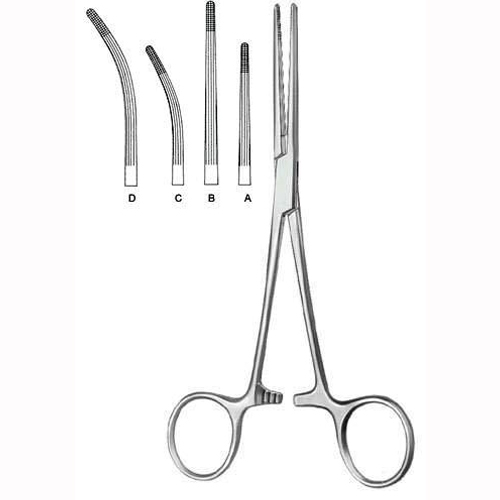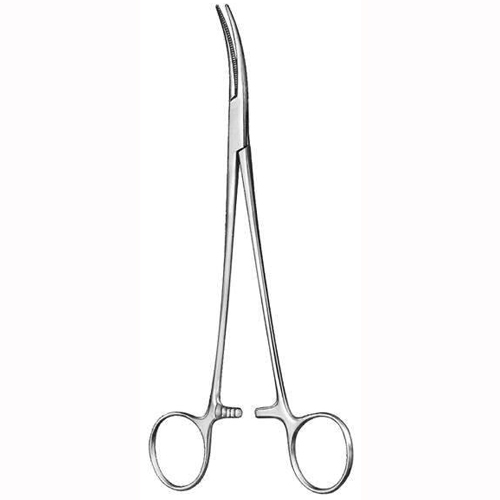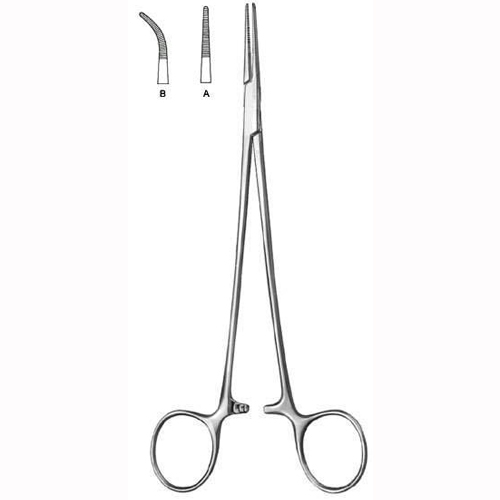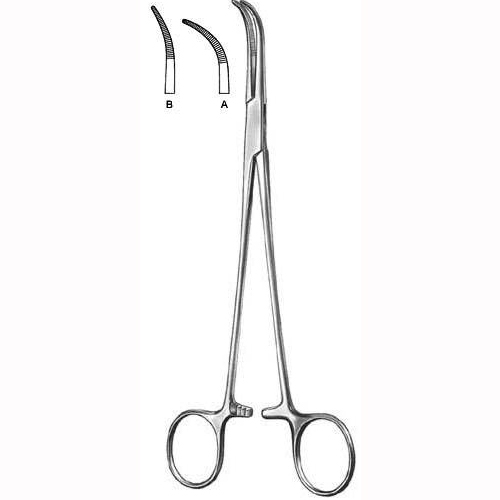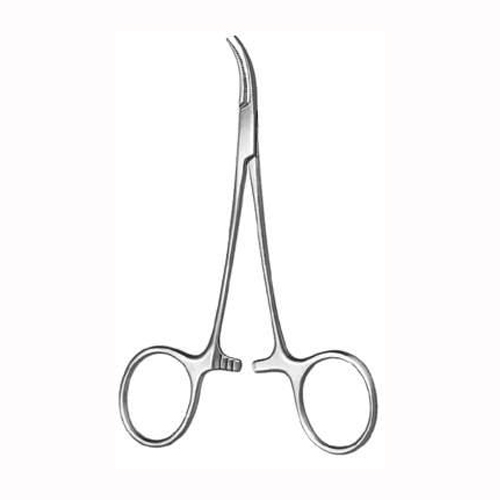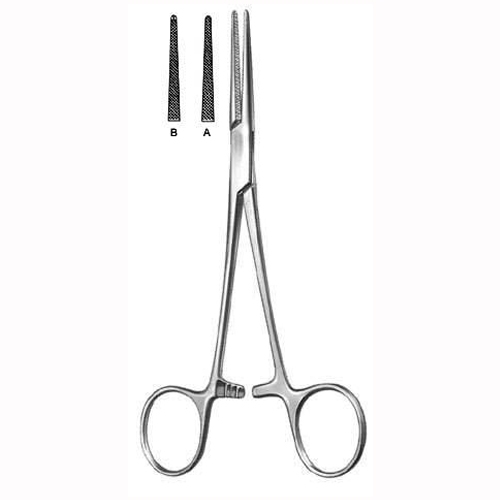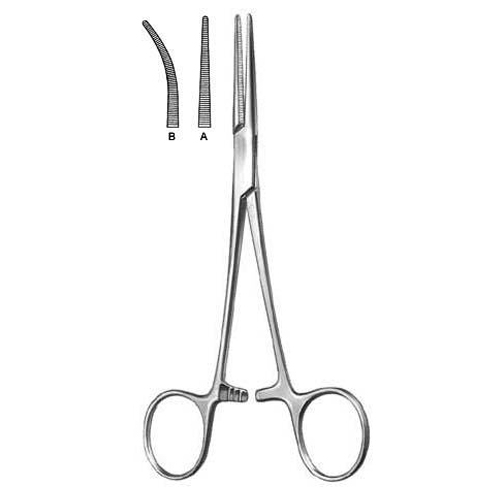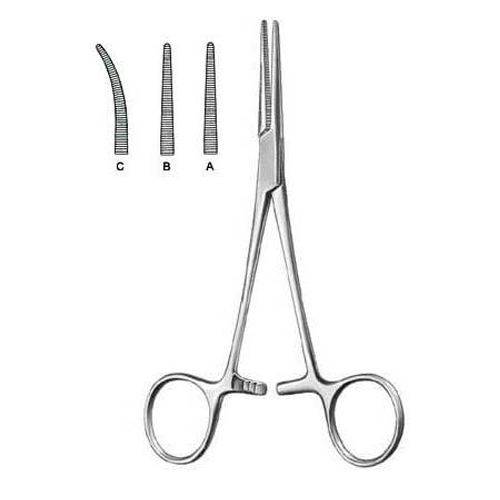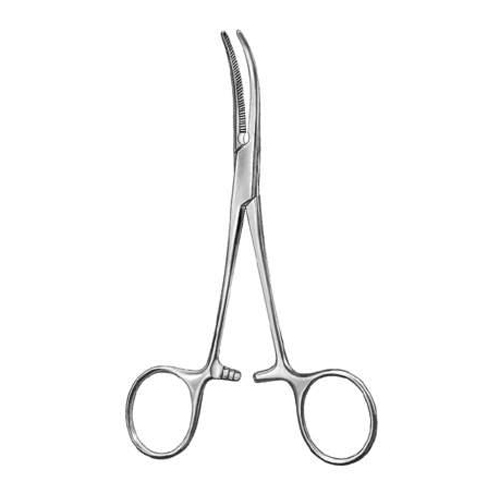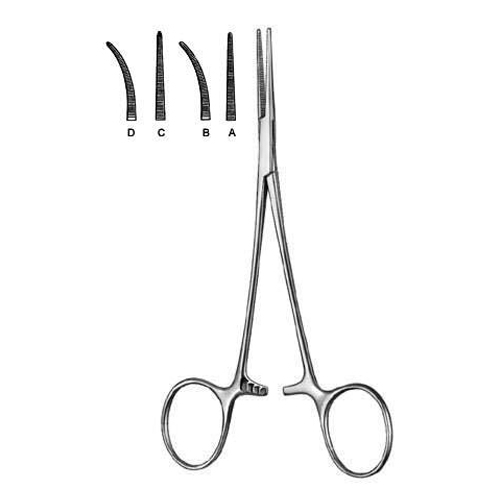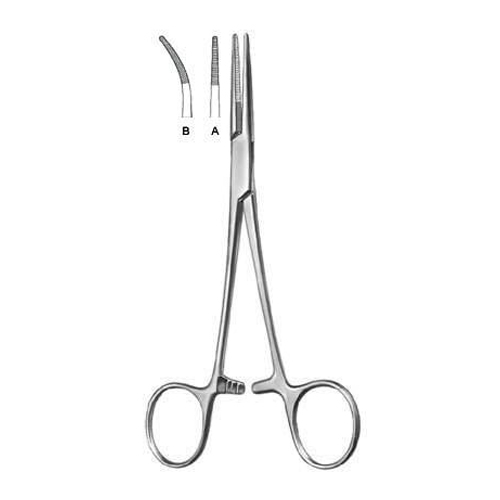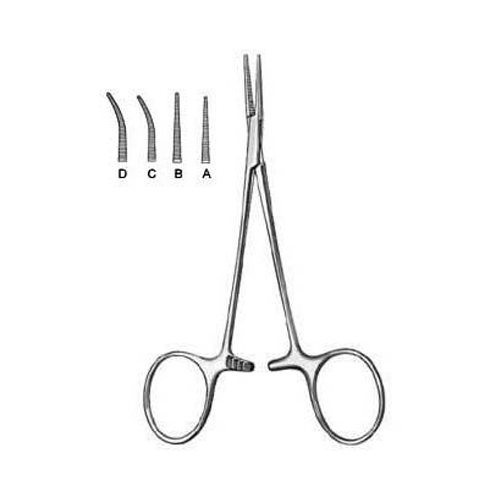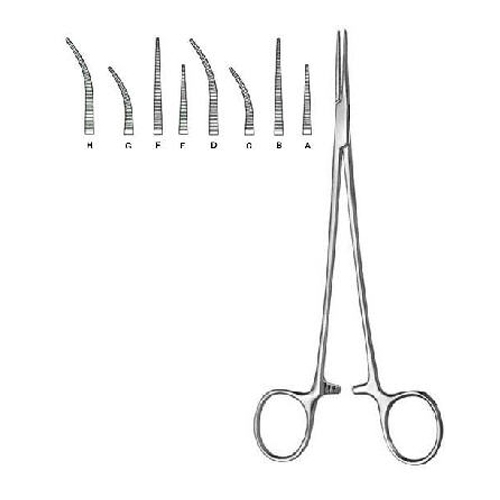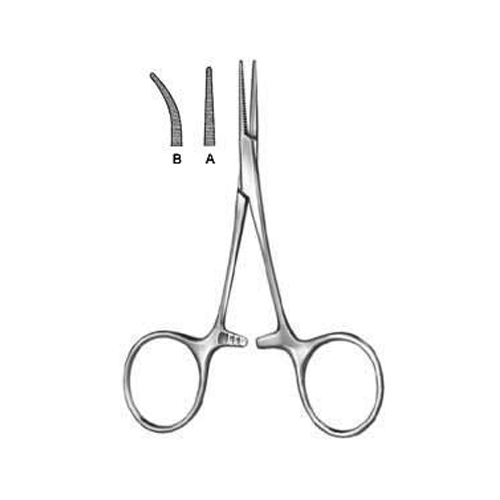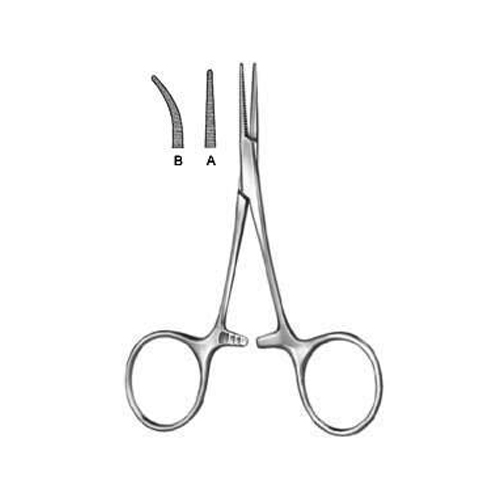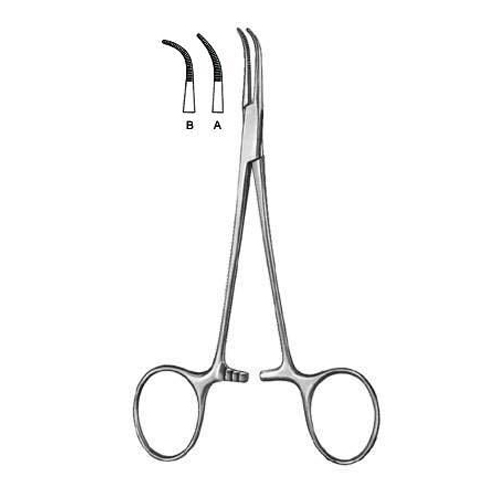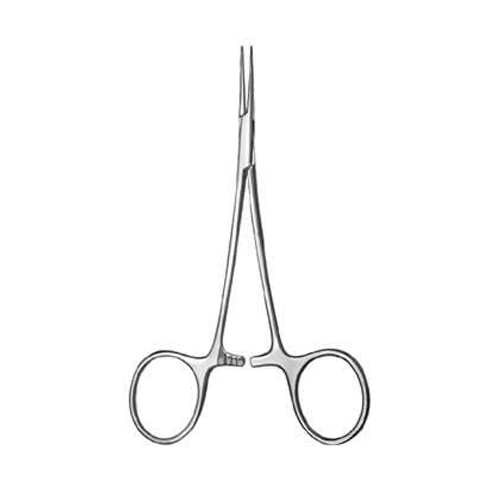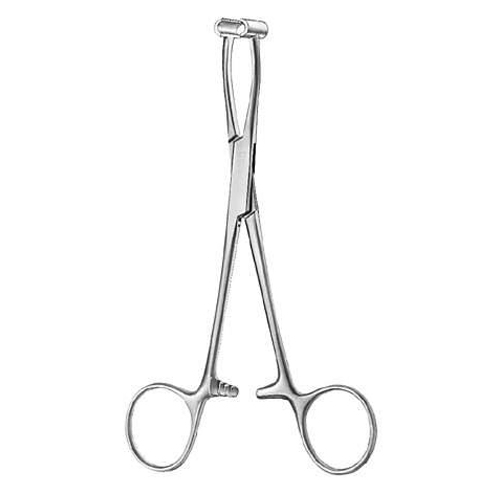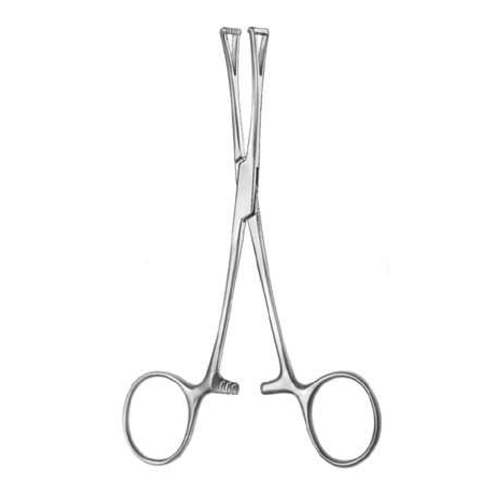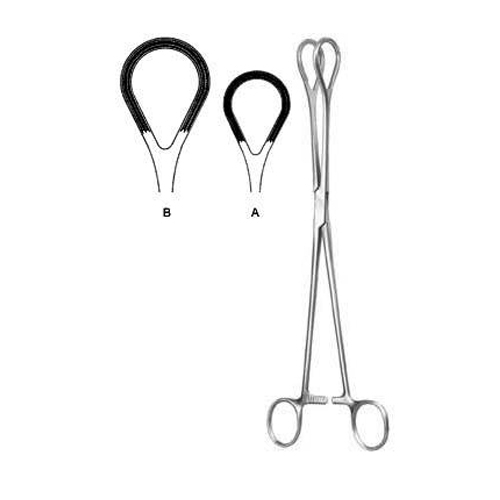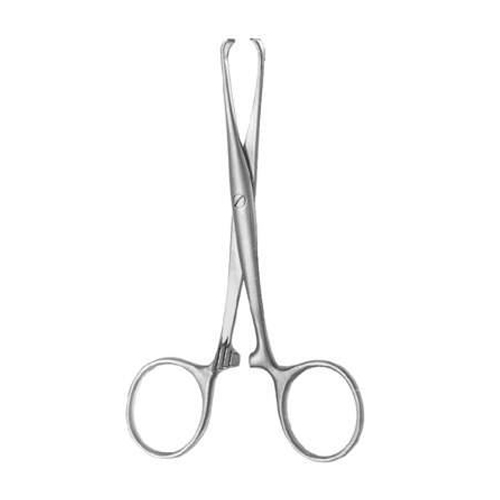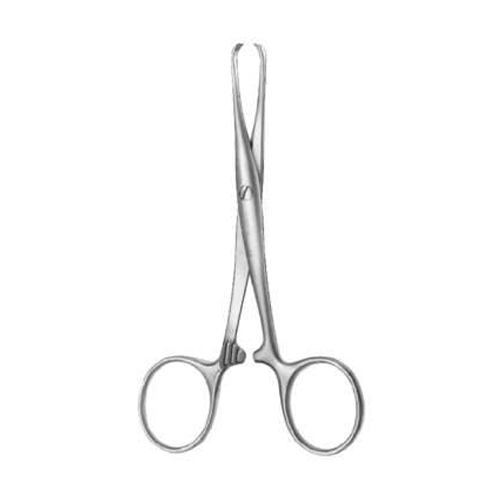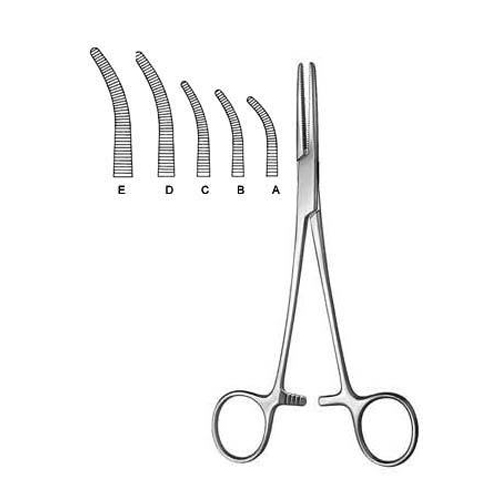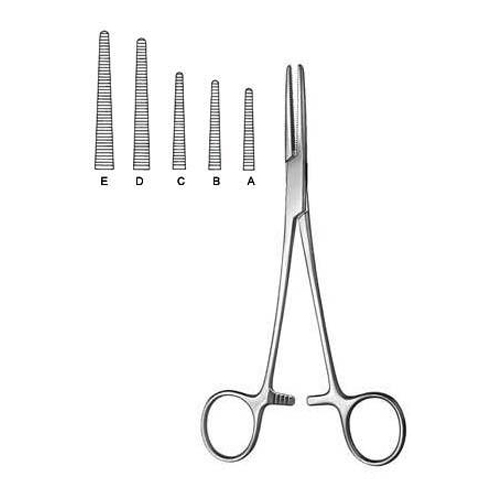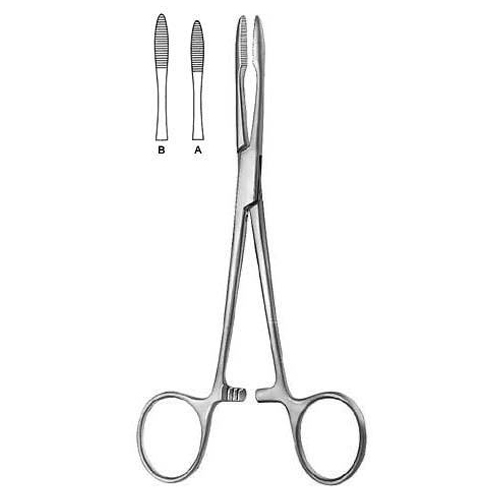Forceps uses
Forceps are frequently utilized in medical procedures to grip and secure tissues, organs, or foreign objects during surgeries or other medical interventions.
Additionally, forceps find applications in various other medical procedures, including:
- Childbirth
- Dental procedures
- Laboratory work
- Entomology
- Art and crafts
- Electronics and engineering
Forceps Types
Some common uses of forceps and their types include:
1. Surgical Forceps: These are used to grasp and hold tissues during surgery. They come in various shapes and sizes, including tissue forceps, dressing forceps, and hemostatic forceps.
2. Dental Forceps: Specifically designed for use in dental procedures.
3. Obstetrical Forceps: Used in childbirth to assist in the delivery of a baby.
4. Hemostatic Forceps: Used to clamp blood vessels and control bleeding during surgery.
5. Alligator Forceps: Have a long, narrow shape with serrated jaws and are used to grasp and retrieve foreign objects from the body, such as in endoscopic procedures.
6. Tissue Forceps: Used to handle delicate tissues during surgery, such as in ophthalmic or plastic surgery.
7. Dressing Forceps: Designed for handling sterile dressings and other sterile supplies during wound care and dressing changes.
8. Microsurgery Forceps: Small, delicate forceps used in microsurgical.
These are just a few examples of the many types of forceps available for various medical and surgical purposes. Each type of forceps is designed with specific features to best suit its intended use.
Global Section
Forceps
Forceps and their Types
Common ring forceps, also known as hemostatic forceps, are a crucial tool in the medical field. These forceps are hinged and resemble ring scissors, with a locking mechanism called a ratchet for clamping. The locking forceps gradually bring the jaws together as the ratchet is utilized, allowing for a secure grip on objects.
One of the key advantages of forceps is their ability to grasp, hold firmly, or exert traction on objects during surgical procedures. In delicate operations, forceps with locking ratchets are often preferred over thumb forceps due to their precision and control.
Locking hemostatic forceps are commonly referred to as clamps and are used to securely hold tissue in place. When used to control blood flow, they are specifically called hemostats. Hemostats are essential for compressing blood vessels or other tubular structures to stop the flow of blood or fluids during surgical procedures.
Forceps come in a variety of designs, with jaws that can be straight, curved, or at a right angle. The choice of forceps depends on the specific application. For instance, Mosquito hemostats are ideal for clamping small blood vessels, while Kelly hemostats are used for larger vessels or tissue grasping. Kelly hemostats have shorter serrations compared to Rochester forceps, which can reach slightly deeper.
In the medical field, surgical forceps play a vital role in a wide range of surgical procedures. From thumb tweezers to locking ring forceps, these forceps are typically made of high-quality stainless steel for durability and precision. Origins are Germany, Japan, Taiwan, Pakistan.
Overall, forceps are indispensable tools for surgeons and medical professionals, providing them with the necessary precision and control during delicate surgical procedures. Their versatility and effectiveness make them a staple in any medical setting where precision and accuracy are paramount.


